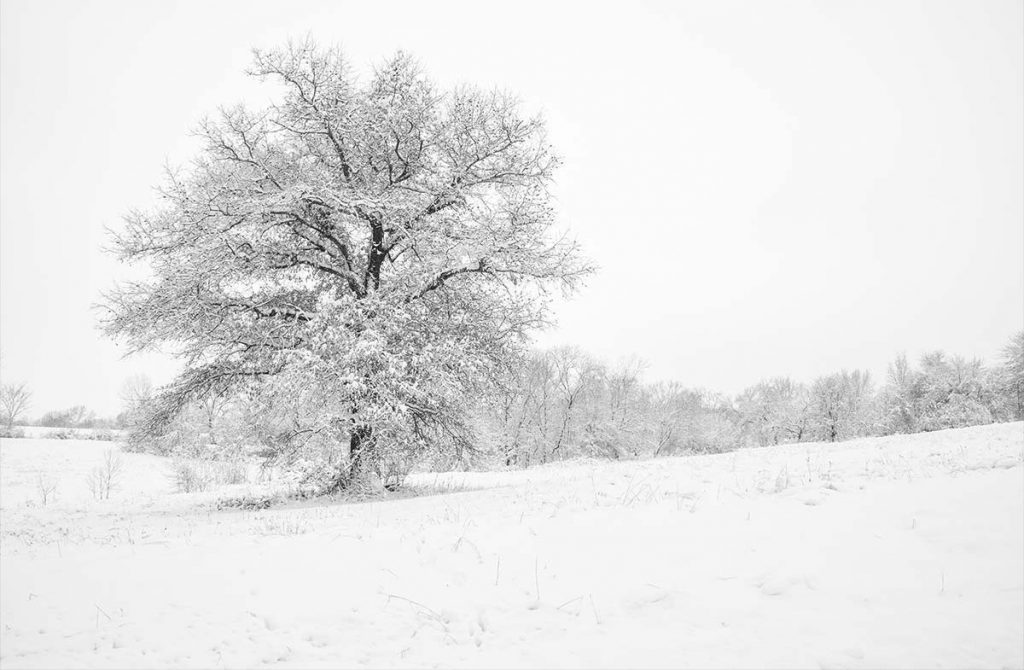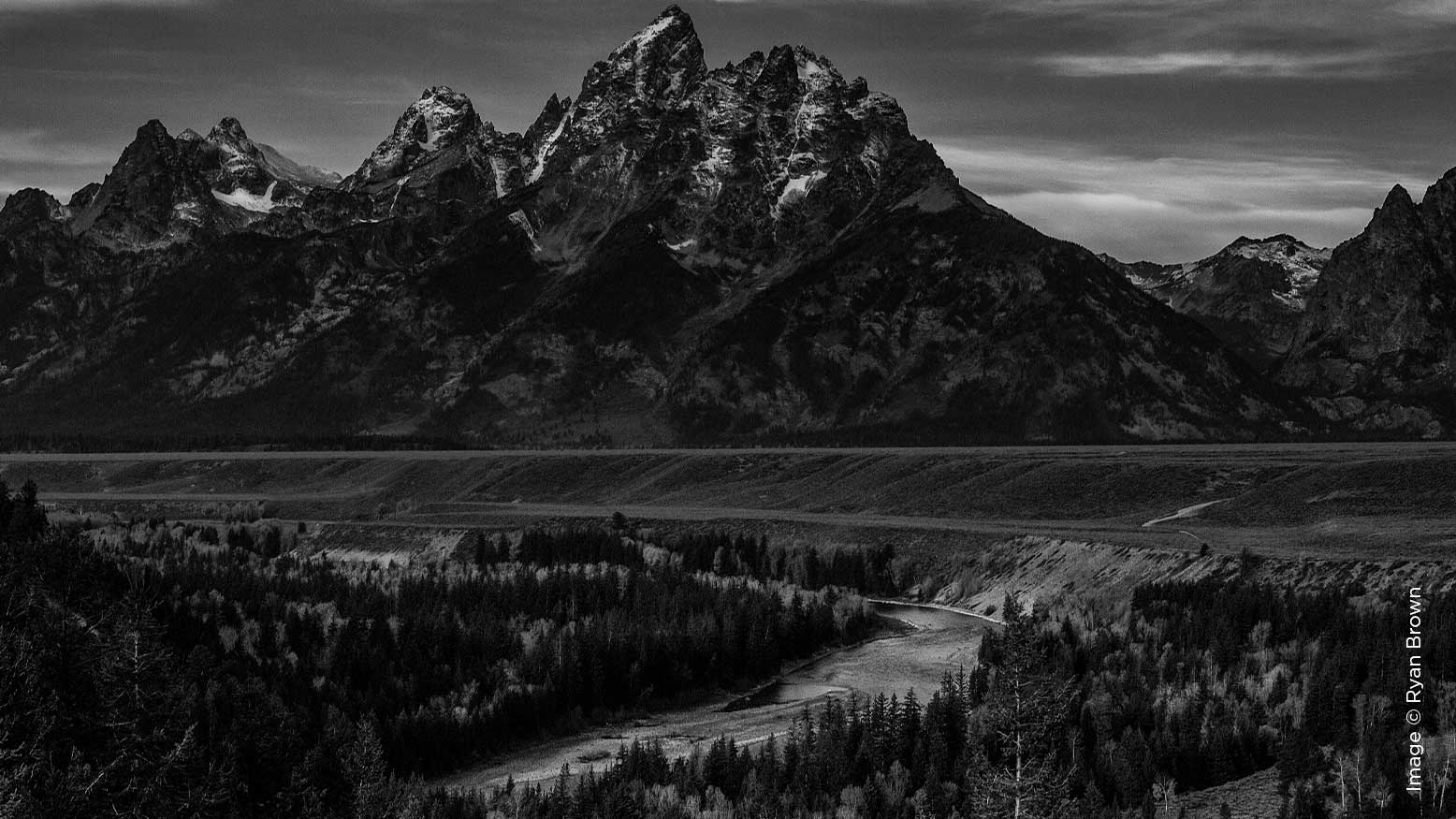Tools and Techniques for Epic Landscape Photography with Ryan Brown
My Inspirations
When I was in elementary school in the early 1990s, I had a subscription to National Geographic Magazine. I wasn’t much of a reader then, but I connected to the stories told through images. Before long, I was hooked. Inside the back cover I found the Canon advertisements with the slogan, “See Wildlife as Canon Sees It.” Looking at those images is what drew me into landscape and travel photography. Like many of us, I wanted to be that National Geographic photographer. To this day, some of my many inspirations are Ansel Adams, Michael Kenna, Clyde Butcher, Galen Rowell, Thomas Mangelsen and Sebastião Salgado.
Preparation
Epic Landscape Photography is a wonderful way to be in and appreciate nature. Anytime you go photograph, preparation is key. Some of the most important tools you can take don’t involve photography at all. Check the weather before you go and make sure you prepare for it. In the winter, I generally have two pairs of gloves, a headlamp, hand warmers, a multi-tool, hat and scarf. When I am out photographing sunrise in the Tetons, it can get down to the 30s some mornings even in July and August.
Next, I use an app called PhotoPills for location research. This app gives information on sunrise and sunset times, Milky Way location in augmented reality, interactive hyperfocal distance calculator, and moonrise and moonset times. This is just a bit of what the app is capable of and I consider this a must-have tool for any photographer.
Photographic Tools
Cameras, lenses and accessories are tools. As with anything else, you always need to have the correct tools for the job. For my style, I travel as light as possible. One of the most important tools I have is my tripod. A carbon fiber tripod is a must-have companion. Carbon fiber is not only a lightweight material, but it is also one of the best for absorbing vibrations. This makes a carbon fiber tripod a great addition to any kit. On top of my tripod, I always use an Acratech Arca-Swiss-style ball tripod head. With my shooting style, it is important to have absolutely no camera movement, and this head does the job. Last, instead of a tripod plate only on the bottom of the camera, I use L-plates. This allows secure mounting in both landscape and portrait orientations.





